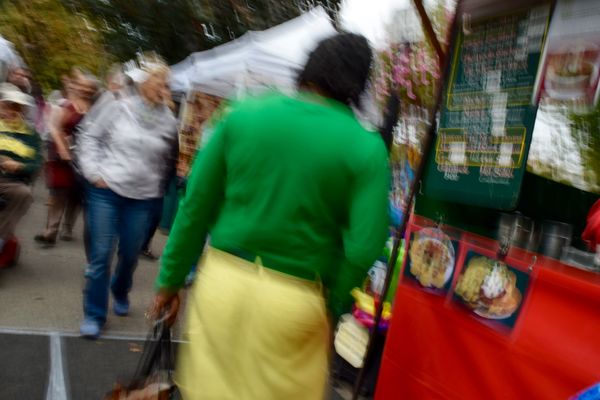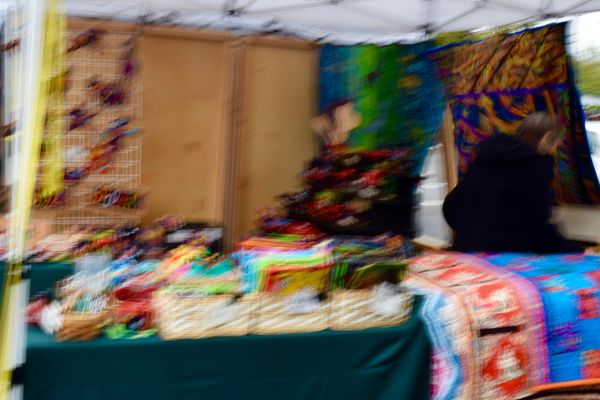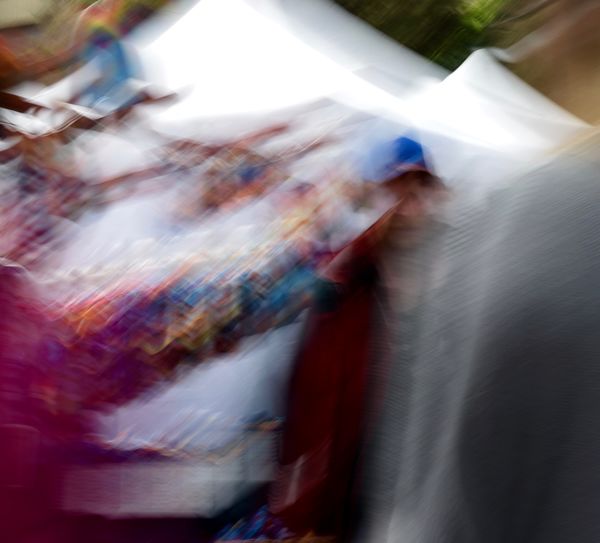Posts for: Pilot 6
Dec 17, 2016 15:52:04 #
DOW75 wrote:
du! all I can say it looks my pictures
du.................I like you pictures
Dec 17, 2016 15:49:41 #
Manglesphoto wrote:
Surely you jest!!!!!!
You found me out.
Dec 17, 2016 15:47:11 #
Lens Cap wrote:
give up photography
OK--soon. Have terminal condition: nonagenarianosis.
Dec 17, 2016 15:45:01 #
Mercer wrote:
I have tried very hard to understand these. So far, I cannot. How about a hint?
Nothing to understand. Either you like them or you don't. Thanks for looking.
Dec 15, 2016 01:10:13 #
Dec 13, 2016 09:32:18 #
I achieve the same result using live view and adjusting the monitor on my D5300. By holding the camera at waist level and keeping my elbows close, I can hold the camera quite steady and the multi-angle adjustability of the D5XXX monitors makes sneaky shooting fairly easy.
Dec 13, 2016 09:18:07 #
dcampbell52 wrote:
Ok, as for resolution, a DX lens on an FX body wil... (show quote)
Thank you David, for an informative and understandable response.
Bob
Dec 13, 2016 00:59:46 #
dcampbell52 wrote:
The DX lens on an FX camera is only using (roughly... (show quote)
yes-----but please respond to my question.
Dec 12, 2016 15:35:54 #
This discussion should also note the effect on resolution when a DX lens is used on an FX body.
Consider: Compare an image shot on a 24mpxl DX body and lens, with an identical image shot with the same DX lens on a 24mpxl FX body with identical exposure and DX cropping. Which image has the greater resolution? Seems to me it would be the DX body image---the FX image is using only part of the sensor. Do I have this right?
Consider: Compare an image shot on a 24mpxl DX body and lens, with an identical image shot with the same DX lens on a 24mpxl FX body with identical exposure and DX cropping. Which image has the greater resolution? Seems to me it would be the DX body image---the FX image is using only part of the sensor. Do I have this right?
Dec 7, 2016 11:03:39 #
sebond5 wrote:
Selling my Tokina 11-16mm DX wide angle lens, Nikon mount. I purchased it last spring only used it roughly a half dozen times. Hoping someone else can get more use out of it. Asking 400.00, OBO!
Would have been better if you had used it CAREFULLY half dozen times.
Dec 6, 2016 01:22:27 #
Do any of the Nikons have a way of blocking light through the viewfinder when in live view?
Very interested in knowing how to prevent affecting exposure in that mode. I'm currently using a D5300.
Very interested in knowing how to prevent affecting exposure in that mode. I'm currently using a D5300.
Dec 5, 2016 12:28:43 #
markngolf wrote:
Can't argue those claims. Maybe throw in Thelonoius Monk too (for composition and originality).
Mark
Mark
Yes, yes!!!
Dec 5, 2016 12:12:12 #
Yes, Oscar Peterson was phenomenal. He was greatly influenced by Art Tatum, arguably the most astonishingly original of all jazz pianists.
Dec 3, 2016 13:20:47 #
Get her the 7200 with 24-120. She can then upgrade to FX or stay with DX. While deciding she'll have a great DX camera and a great 36-180 (FOV) lens that's a keeper if she upgrades.
Dec 3, 2016 13:01:51 #
ptcanon3ti wrote:
hahaha...don't forget variation 30. Wanna split the lens? 

You must know the Diabellis very well. In selecting Var. 30 for my purpose I tried to find an exerpt that stood alone and which had unobvious relationships to the theme. I know this piece very well, having performed it for the first time at Cal State Fullerton in 1971 and four times since, the most recent being in Eugene in 2006 for my 80th birthday.
Bob
PS: where are you?



